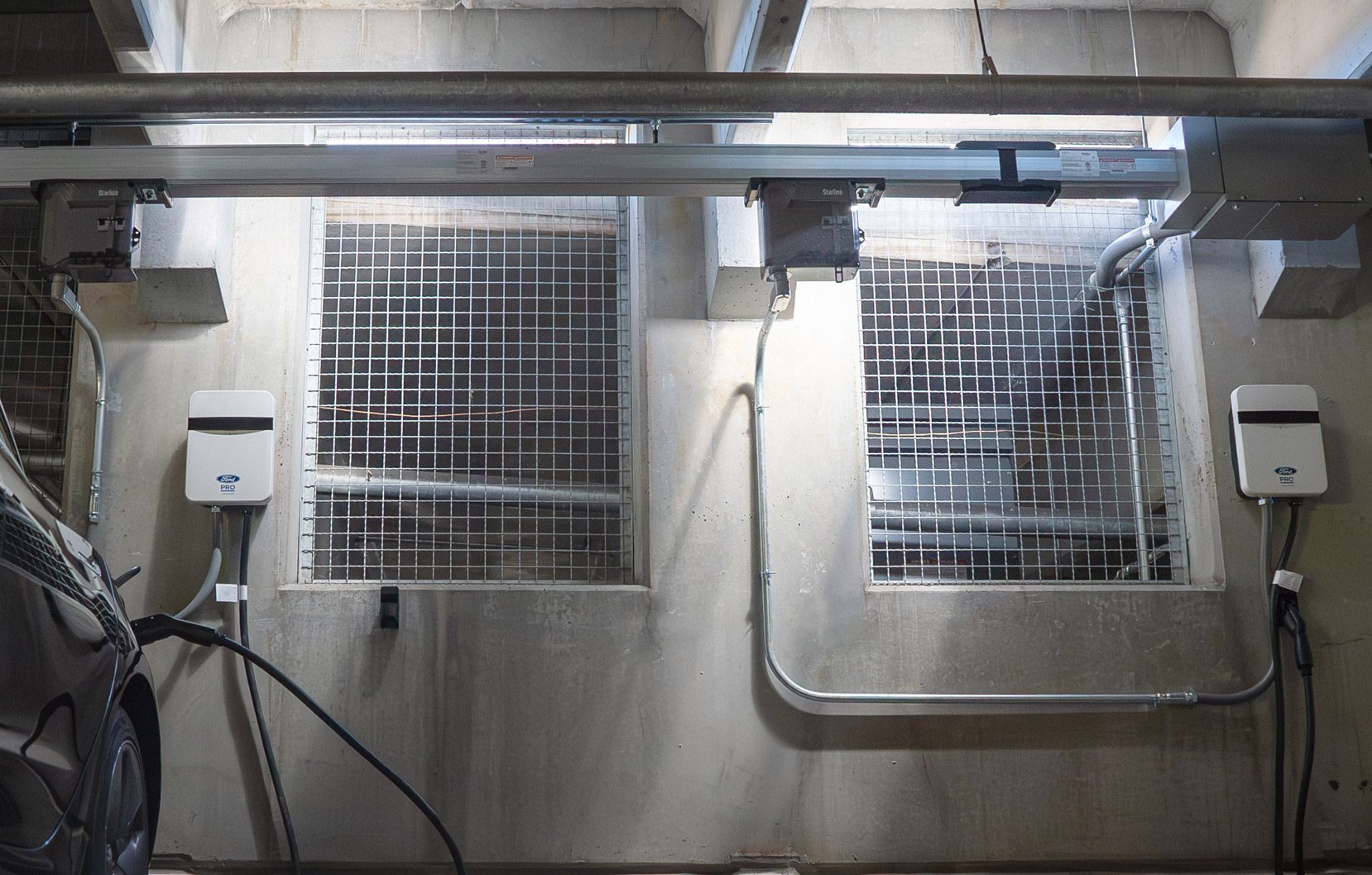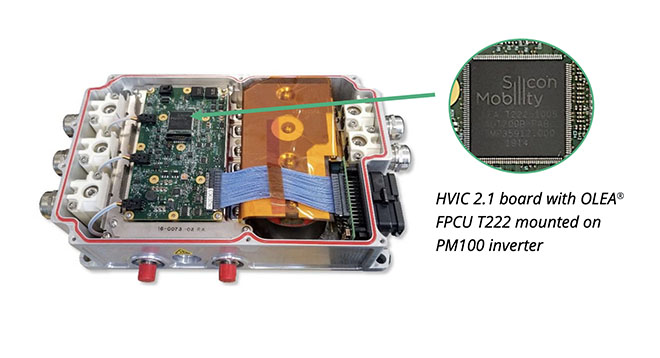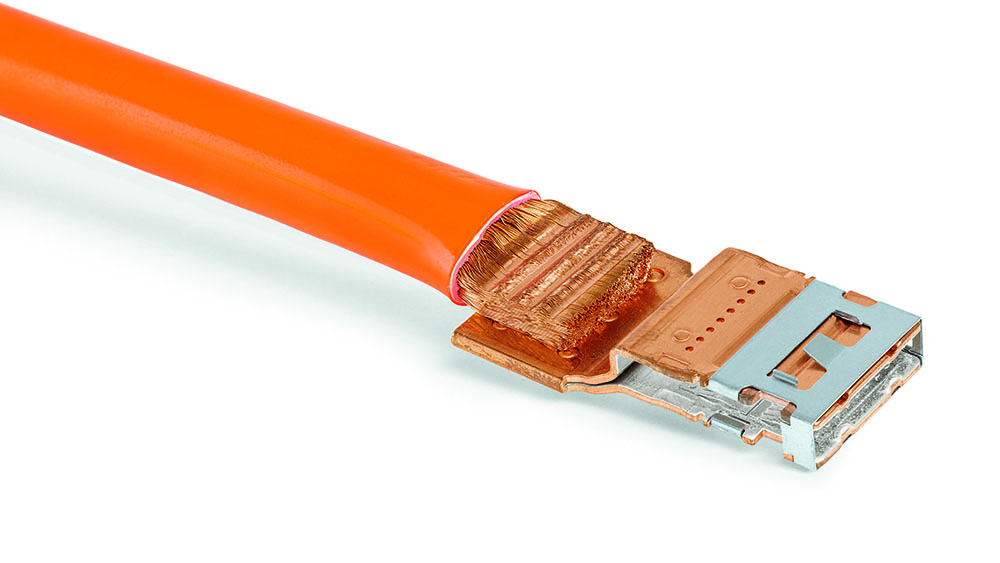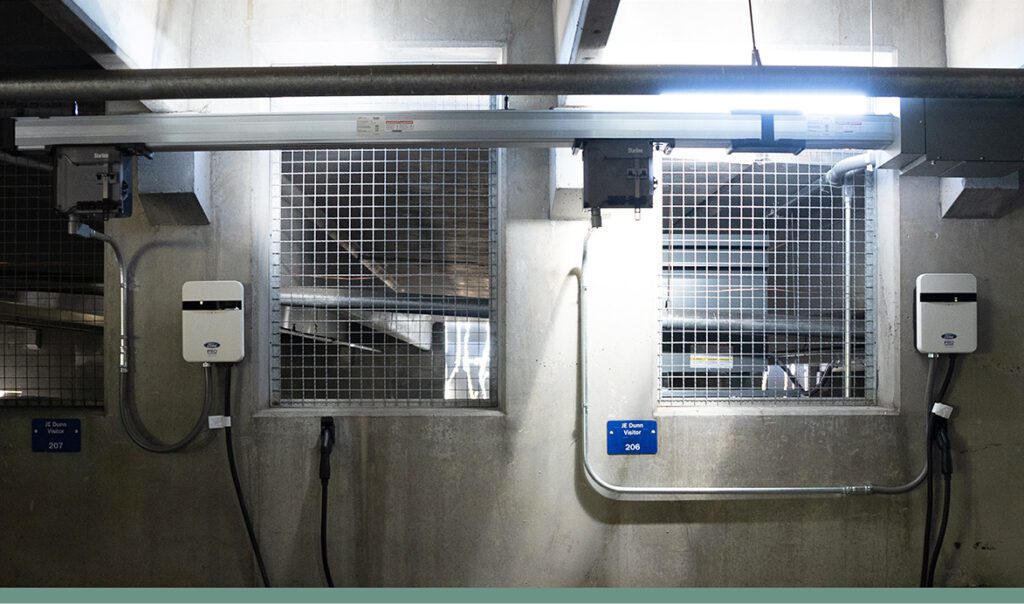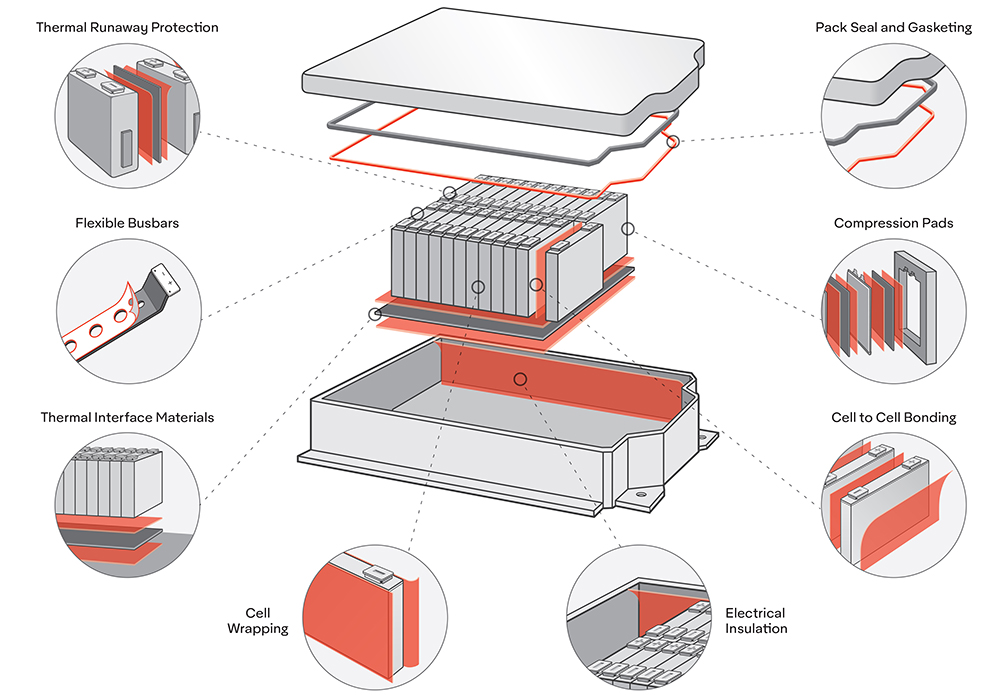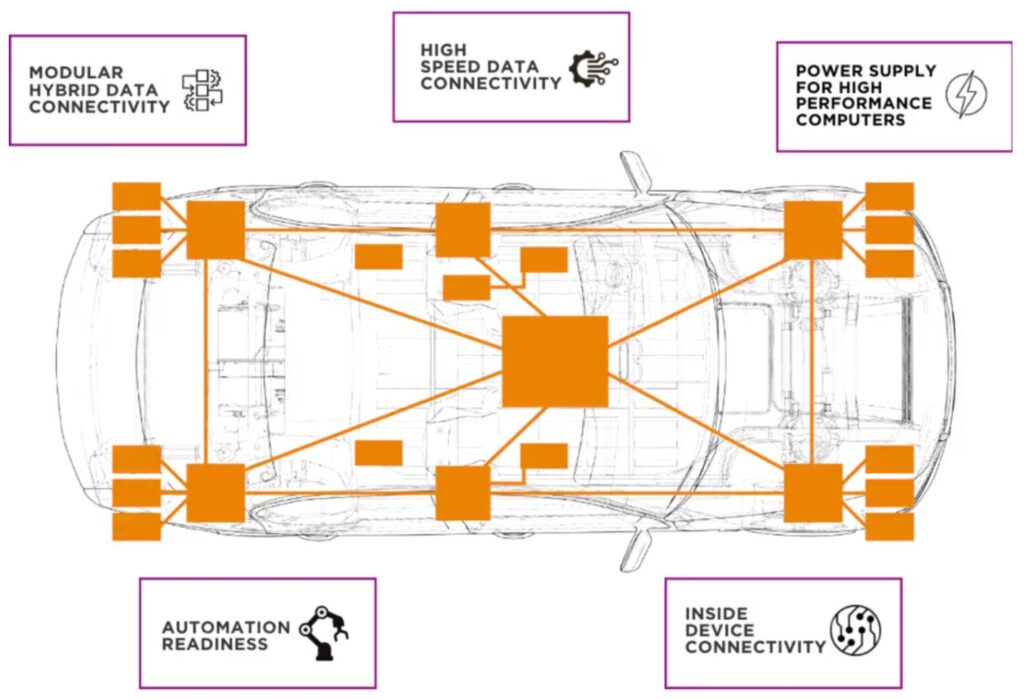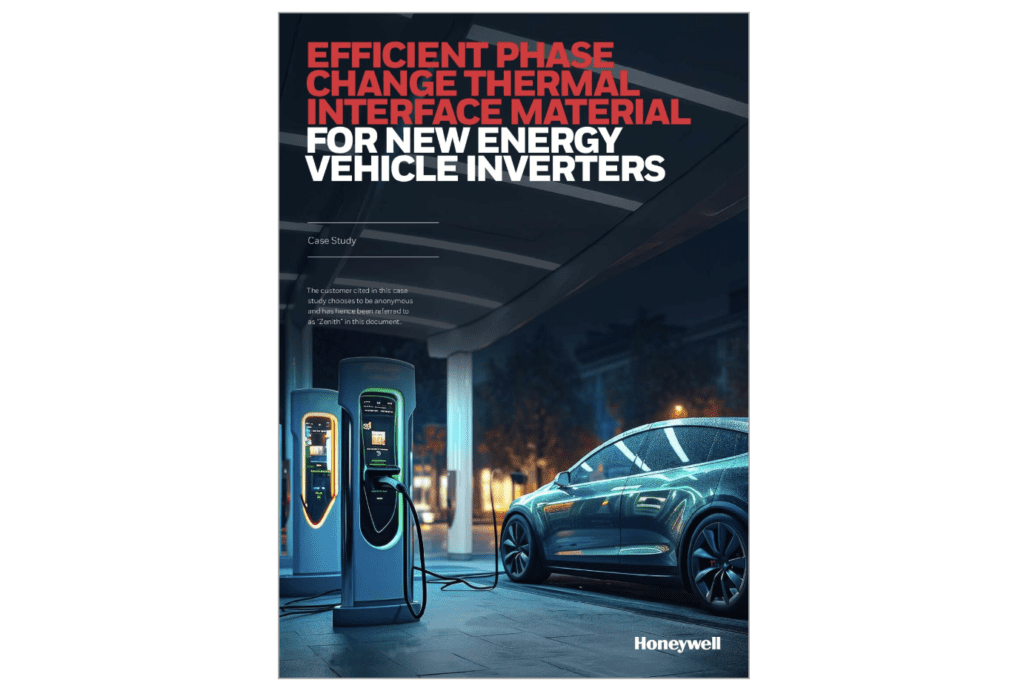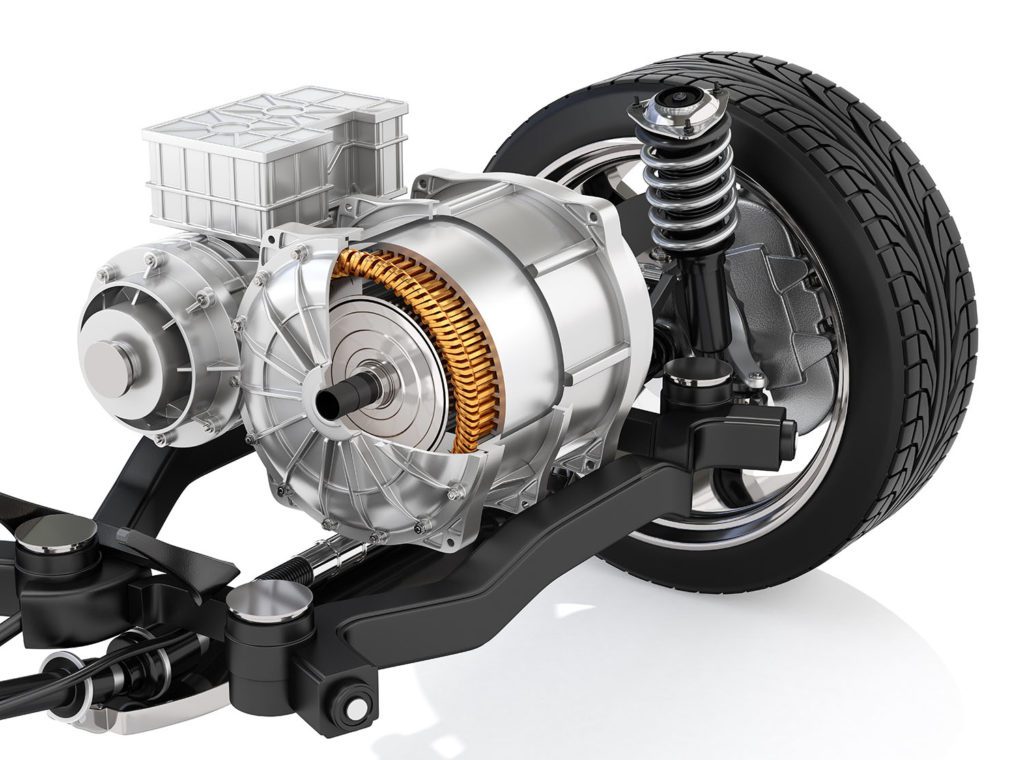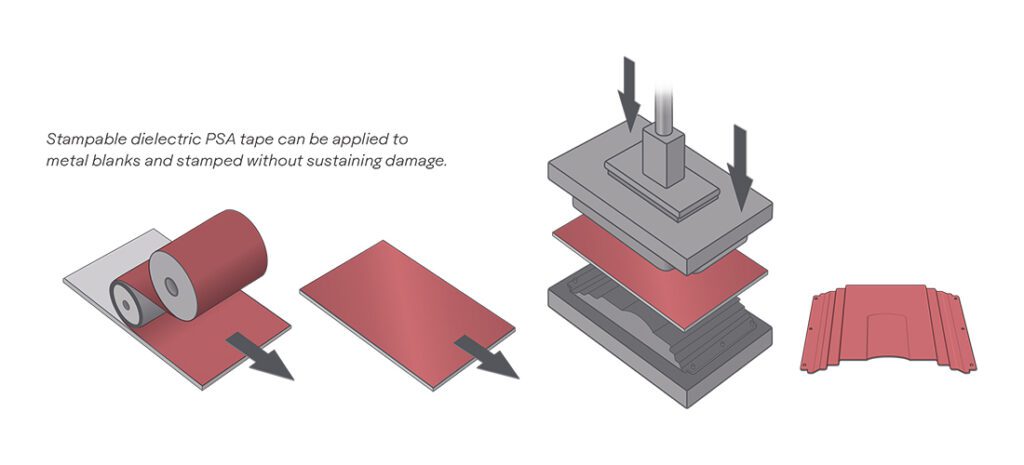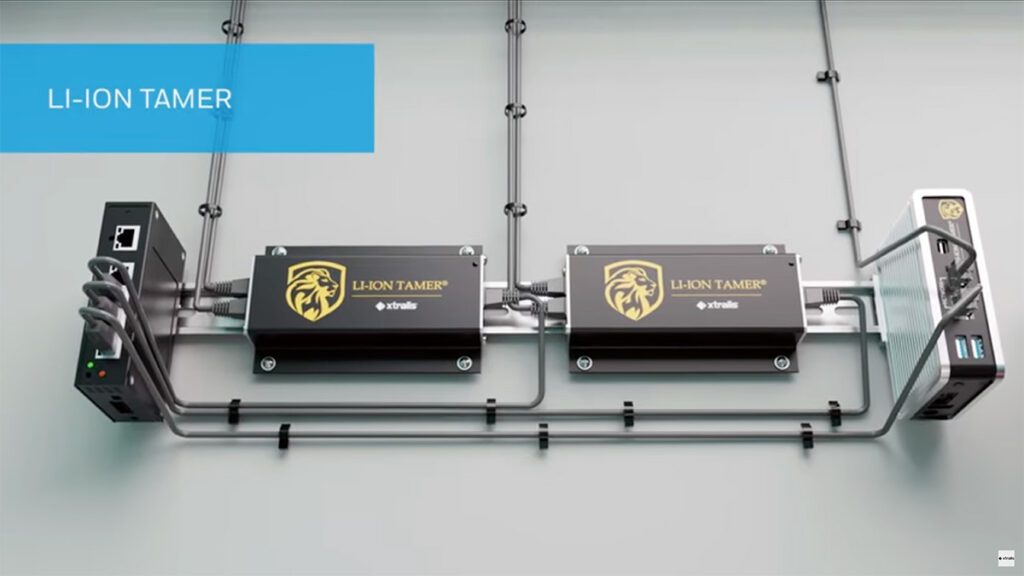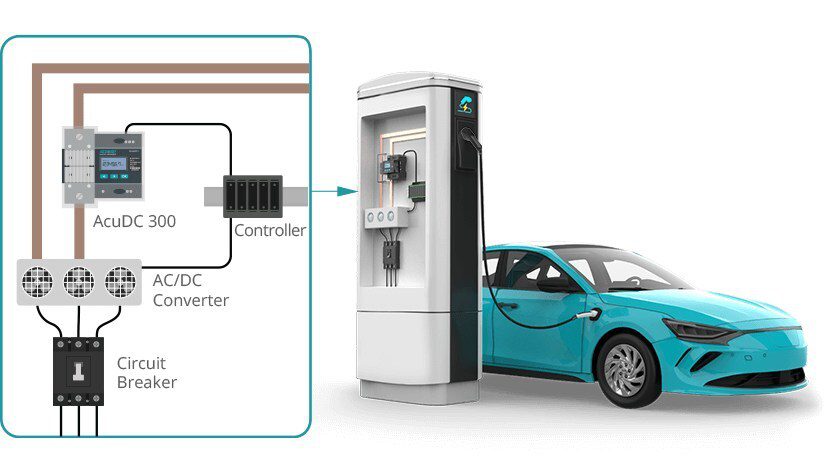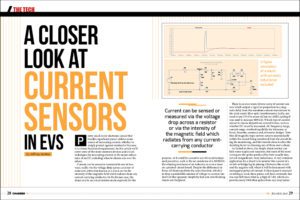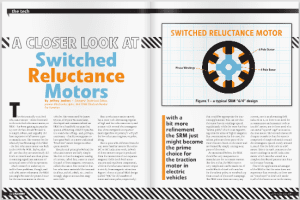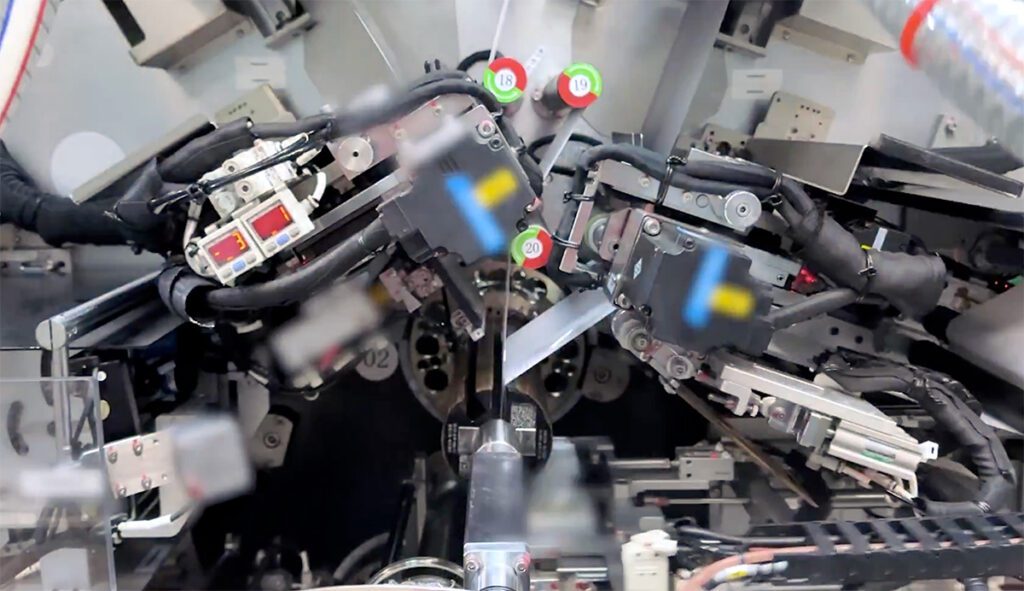Silicon Mobility, a provider of digital controls for EV powertrains, says its control system improves inverter and motor efficiency by 2% to 4.6% compared to the industry-standard SVPWM control technique.
During the 34th International EV Symposium, Silicon Mobility and Cascadia Motion presented their latest research results, in which Optimized Pulse Pattern (OPP) modulation increased the efficiency of the inverter and the permanent magnet synchronous motor (PMSM) by reducing switching losses in the inverter and copper/iron losses in the motor.
The OPP algorithm was implemented using Silicon Mobility’s OLEA T222 field-programmable control unit. The resulting system efficiency was measured on a high-voltage bench using a modified Cascadia Motion PM100 IGBT-based inverter and a BorgWarner HVH250 production motor. The system efficiency was compared with industry-standard SVPWM modulation using comparable Field-Oriented Control (FOC) on 8 operating points representing real-world driving loads.
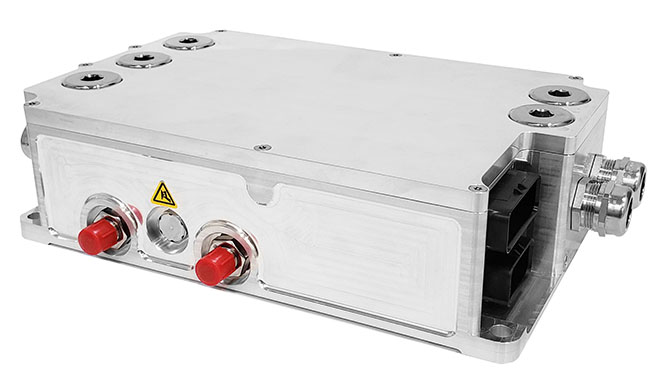
The patented solution centers on the dedicated architecture of the OLEA FPCU (Field Programmable Control Unit). Using programmable hardware acceleration for time-critical control loops, depending on the motor’s operating conditions, the OLEA FPCU may apply different types of modulation techniques to provide the optimal modulation for the targeted set point.
In addition to Space Vector PWM (SVPWM), the FPCU supports the flexible implementation of generic Angle-based Pulse Control (APC) modulations. One example is Optimized Pulse Patterns (OPP), a modulation technique relying on a set of precisely applied switching (pulse) patterns that are pre-computed offline to optimize the system behavior of the motor and inverter. Its main purpose is to shape the harmonic signature of the control current in order to reduce iron and copper losses depending on the motor operating conditions.
“The results from this work indicate a compelling improvement in motor and inverter efficiency. It makes an IGBT-based inverter more competitive with a SiC inverter, without the added cost,” said Cascadia Motion Director of Advanced Engineering Larry Rinehart.
“The OPP modulation is supporting the same targets as adjacent work on new power transistor technologies (GaN, SiC), advanced inverter system architecture (multi-stage, multi-level), and advanced torque, current, and magnetic flux control strategies as Model Predictive Control or AI-based control,” said Silicon Mobility VP Khaled Douzane.
Source: Silicon Mobility

